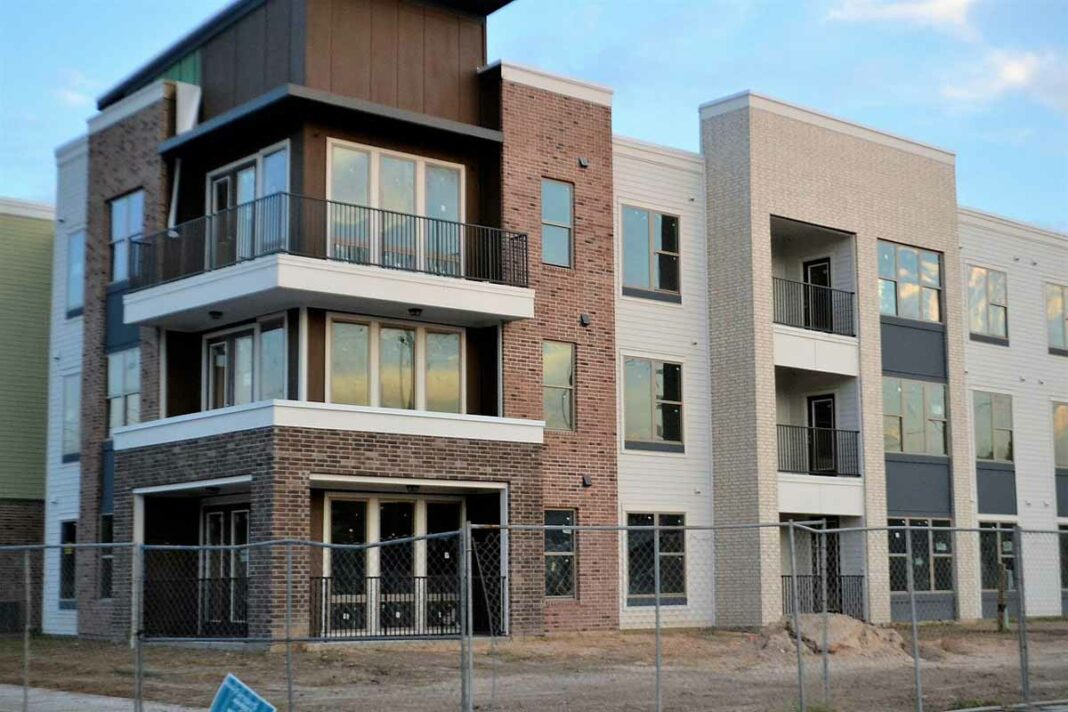Many people are curious about the earning potential and profitability of real estate investment. However, quantifying investor returns can be complex, with key variables impacting the actual bottom line. While enticing monetary gains may be touted, real estate investing involves risks and does not guarantee wealth. By looking beyond hype to understand key metrics, you can develop realistic expectations about the money private real estate ventures can make.
Defining Key Return Measures
When evaluating potential returns on rental property investments, two main measures are important – IRR (internal rate of return) and ROI (return on investment). IRR is the annualized rate of return from the investment across its lifecycle. ROI expresses the straight profit made as a percentage of the total cost. Both help indicate profits but in different ways. An investor needs to understand IRR vs ROI formulas to interpret performance accurately.
Accounting For Expenses
Any projections of returns must account for all expenses involved with rental properties. Holding costs like taxes, insurance, maintenance, eventual renovations, and vacancy must be subtracted from gross rents. Operating expenses usually total 30-50% of collected rents. Mortgage payments and interest also eat into profits. Returns look quite different once all cash outflows are properly deducted from inflows. Expenses make the net far lower than rents.
Cap Rate Impact
An investment property’s capitalization rate significantly impacts returns. The cap rate compares the property’s net operating income to its acquisition price. Lower cap rates mean higher valuations and acquisition costs relative to the expected rental income. Investors may overpay for properties with cap rates under 5-6%, limiting ROI. Seeking higher cap rates of around 8-10% on purchases can improve returns. Cap rates determine how much income the price supports.
Leverage Effects
Returns vary based on how much leverage an investor uses in the form of mortgage debt. Paying all cash provides more equity, but financing a portion of the price lets one buy a larger real estate portfolio. Interest expenses lower cash flow, but principal paydown increases net worth over time. Utilizing sensible leverage multiplies wealth building through appreciation. However excessive debt undermines IRR. Consider balance and risk tolerance when incorporating mortgages.
Market Cycles Role
The point when an investor purchases an investment property in the real estate market cycle greatly impacts returns. Those buying near the top before a downturn may wait longer for valuations to recover enough to profit. Investors entering in the early part of a cycle capture more upside. No market sees indefinite appreciation at equal rates annually. When gains occur affects financial performance measures.
Range Of Returns
In assessing real estate investing earnings potential, consider these general guidelines on possible returns based on market conditions and strategy:
- Appreciation: 3-10% yearly
- Rents: 6-12% of property value
- Total ROI: 8-25%
- Total IRR: 10-20%
Many factors from location to regulations impact specific properties. Do rigorous independent projections to make informed investing decisions rather than relying on hype or assumptions.
To Wrap Up
While enticing returns may be touted, real estate investors must run detailed numbers accounting for all variables to determine likely profits. Accurately assessing key metrics like cap rates, cash flow, debt levels, and market timing indicates whether a property investment can potentially achieve your targeted performance levels. Crunch the numbers for realistic projections.




















